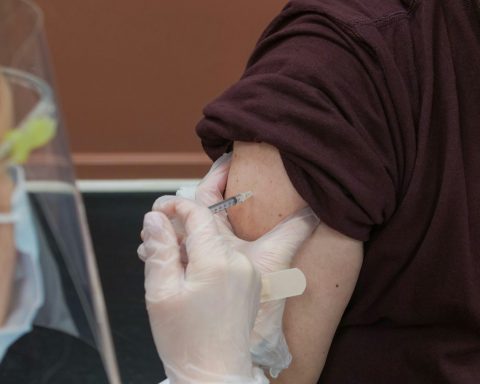South Africans know the agony of inherited diseases that tear families apart. Now, a Huntington’s disease treatment breakthrough offers hope. For the first time, scientists have slowed this cruel condition using gene therapy.
What Causes Huntington’s Disease?
Huntington’s disease stems from a single gene mutation. As a result, this flaw produces a toxic protein that destroys brain cells. Symptoms emerge in your 30s or 40s, starting with mood swings and depression. Subsequently, they worsen to jerky movements, dementia, and paralysis. Tragically, death often follows within two decades.
How the New Therapy Works
Surgeons infuse a harmless virus-carrying genetic material into the brain. Thus, this silences the mutant gene and halts toxic protein production. Importantly, the procedure, guided by MRI scans, takes 12 to 18 hours.
Specifically, it targets key brain areas like the caudate nucleus and putamen. Because brain cells don’t renew often, it’s a one-time dose designed to last for life. Therefore, this approach could redefine Huntington’s disease treatment.
Trial Results Show Promise
In a recent trial, high doses slowed disease progression by 75% after three years among 29 patients. Researchers used motor, cognitive, and daily function tests to measure this. Additionally, brain cell death markers in spinal fluid dropped by 8.2%. Remarkably, this Huntington’s disease treatment breakthrough stunned the medical community.
Indeed, researchers called the results “spectacular.” For example, some patients returned to work or stayed mobile longer than expected. Although side effects like headaches and confusion from inflammation occurred, most resolved.
What’s Next for Patients?
This Huntington’s disease treatment breakthrough could transform lives. Looking ahead, plans are set for FDA submission in early 2026, targeting a US launch later that year. Furthermore, talks for other regions will follow in 2026.
While costs will be high, long-term benefits may justify them. Researchers believe it could add decades of quality life. Hence, for gene carriers, this breakthrough lights up a brighter future.
However, challenges persist, such as complex surgery limiting access. Also, more trials are needed. Nevertheless, this step ignites hope against a disease once deemed untreatable.



